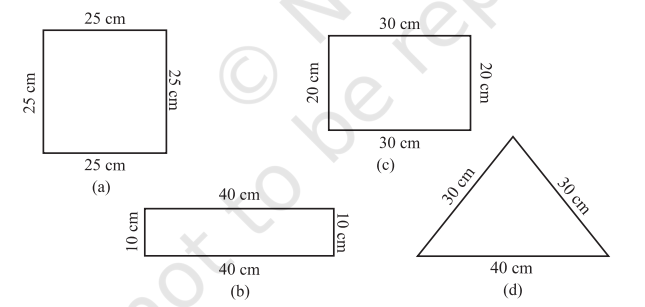Embryos of birds are found to develop tooth buds. What do we infer from this?
Step-by-Step Solution:
1. Understanding the Observation: The question states that embryos of birds develop tooth buds. This is an important observation as it relates to the evolutionary biology of birds.
2. Analyzing the Development of Tooth Buds: Tooth buds are structures that indicate the potential for teeth to develop. In modern birds, teeth are absent, but the presence of tooth buds during embryonic development suggests a historical trait.
3. Connecting to Evolutionary History: The presence of tooth buds in bird embryos indicates that birds share a common ancestry with reptiles, which are known to have teeth. This suggests that birds may have evolved from reptile-like ancestors.
4. Inferring Phylogenetic Relationships: The development of tooth buds in bird embryos can be interpreted as an evolutionary remnant or a vestige from their ancestors. This supports the idea of phylogeny, which is the study of the evolutionary history and relationships among species.
5. Conclusion: From the observation that bird embryos develop tooth buds, we can infer that birds have a shared evolutionary history with reptiles, indicating that they evolved from reptile-like ancestors.
Topper's Solved these Questions
- EVOLUTIONBOOK - PEARSON IIT JEE FOUNDATIONCHAPTER - EVOLUTIONEXERCISE - ASSERTIONS AND REASONS
8 Videos
- EVOLUTIONBOOK - PEARSON IIT JEE FOUNDATIONCHAPTER - EVOLUTIONEXERCISE - ASSESSMENTS TESTS
16 Videos
- EVOLUTIONBOOK - PEARSON IIT JEE FOUNDATIONCHAPTER - EVOLUTIONEXERCISE - MASTERING THE CONCEPTS (Knowledge and Understanding)
26 Videos
- ECOLOGYBOOK - PEARSON IIT JEE FOUNDATIONCHAPTER - ECOLOGYEXERCISE - QUICK RECAP
3 Videos
- LIFE PROCESSES IN HUMAN BEING-I (DIGESTIVE AND EXCRETORY SYSTEMS)BOOK - PEARSON IIT JEE FOUNDATIONCHAPTER - LIFE PROCESSES IN HUMAN BEING-I (DIGESTIVE AND EXCRETORY SYSTEMS)EXERCISE - ASSESSMENT TESTS (ANSWER THE QUESTIONS)
7 Videos
Similar Questions
Knowledge Check
Embryo sac of flowering plants develops from
AZygoteBMegasporeCNucellusDEmbryo.From an early amphibian embryo the cells that would give rise to skin in adults were transplanted into the developing brain region of another embryo. The transplanted cells developed into brain tissue in the recipient embryo. What do you infer from this experiment?
ACell fate is permanently determined during early embryonic developmentBDevelopmental fate of donor cells is influenced by the surrounding cells.CDevelopmental fate of donor cells is not influenced by recipient cellsDAny cell which is transplanted into another embryo always develops into a brain.Embryo sac is monosporic when it develops from
AOne of the four megaspores of a megaspore mother cellBThree megaspores of megaspore tetradCTwo functional megasporesDThe megaspore mother cell where meiosis has occurred but cytokinesis does not take place
Write the similarity between the wing of a butterfly and the wing of a bat. What do you infer from the above with reference to evolution?
View SolutionComment of the similarity between the wing of a cockroach and the wing oi a bird. What do you infer from the above, with reference to evolution?
View SolutionIn a case of polyembryony if an embryo develops from the synergid and another from the nucellus, then the synergid embryo is (i)––– and nucellar embryo is (ii)––––.
View SolutionEmbryo sac is monosporic when it develops from
View SolutionEmbryo sac is monosporic when it develops from
View Solution

